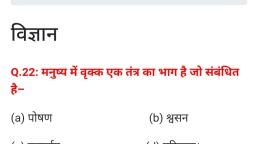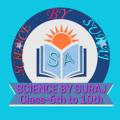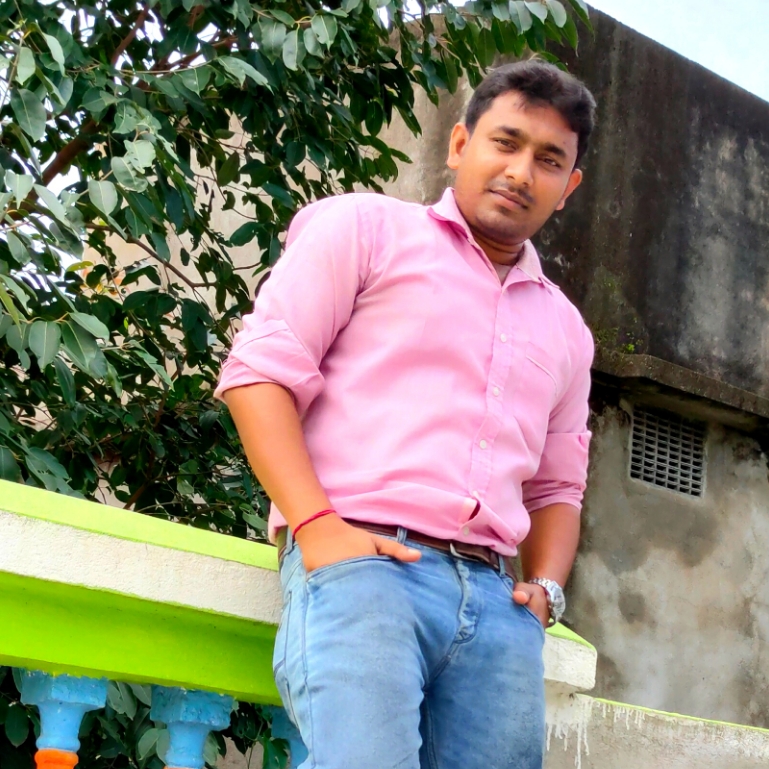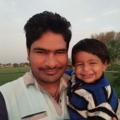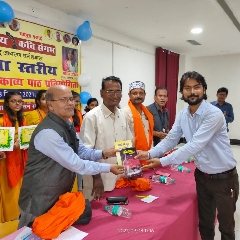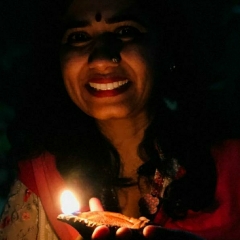Question 2 :
Identify the primate using the following hints: He arose during the ice age, started agriculture 10, 000 years ago and his brain capacity is 1450cc.<span><br></span>
Question 3 :
A bird that one may see in the forest, but not in a garden is
Question 10 :
During the Vedic period, both _________ as well as ___________ aspect of forest vegetation were emphasised. 
Question 11 :
According to the Stefan-Boltzmann law, the radiative energy emitted by one square meter of an object is equal to a constant multiplied by its temperature raised to the ____________ power.<span><br></span>
Question 12 :
On the average, about what percentage of the solar energy that strikes the outer atmosphere eventually reaches the earth's surface?<span><br></span>
Question 14 :
The ozone layer is harmful when present in ____ and protects life when present in____.<br/>
Question 18 :
<div>Identify the appropriate option.</div><div><br/></div>The amount of usable energy remains constant as it is passed from one trophic level to another.
Question 20 :
The food chain in which microorganisms break down the energy rich compounds synthesised by producers is
Question 21 :
If an ecosystem is composed of only three trophic levels, then how much energy will be conserved at <span>the III$^{rd}$ trophic level?</span>
Question 25 :
Which hormonal secretion in the body leads to the development mustache and beard in males during  puberty? 
Question 30 :
If thymectomy is done during adulthood then what is the probable result of it?
Question 34 :
If a starfish is cut into pieces, each piece grow into a complete animal. The process is called as<br/>
Question 37 :
Which of the following is the part through vegetative propagation occur in a jasmine plant?
Question 39 :
During regeneration, modification of an organ to another is known as<span><br></span>
Question 41 :
Match the vegetative propagules listed in Column-I with the plants given under Column-II; choose the appropriate option from the given choices.<br><table class="wysiwyg-table"><tbody><tr><td><b>Column-I</b></td><td><b>Column-II</b></td></tr><tr><td>$A$. Rhizome</td><td>$p$. Agave</td></tr><tr><td>$B$. Offset</td><td>$q$. Bryophyllum</td></tr><tr><td>$C$. Sucker</td><td>$r$. Ginger</td></tr><tr><td>$D$. Leaf Buds</td><td>$s$. Chrysanthemum</td></tr><tr><td></td><td>$t$. Eichhornia</td></tr></tbody></table>
Question 42 :
Read the assertion (A) and reason (R) carefully to mark the correct option out of the options given below:<b><br>A</b>. There are some plants which have in their life-cycles neither the process of fertilization nor they have meiosis.<br><b>R</b>. In these plants, the vegetative or somatic plant body helps in the propagation of the plant.
Question 43 :
ATP $=$ ADP $\sim P$ hypothesis was given by Lipman in
Question 44 :
Respiration involving the use of oxygen to produce energy is called ________.
Question 45 :
<span>Which of the following is </span><span>energy rich compound formed in c</span><span>ellular respiration?<br/></span>
Question 49 :
In ATP, the high energy bond is the one which links
Question 51 :
Even when there is no air in it, human trachea does not collapse due to presence of
Question 52 :
Which combination of statement is correct?<br>(i) In aerobic respiration , glycolysis occurs in the cytoplasm of a cell.<br>(ii) In aerobic respiration, glycolysis cannot occur without the presence of oxygen.<br>(iii) In the process of glycolysis, glucose molecules are oxidised to produce the molecules of pyruvate.<br>(iv) In aerobic respiration , glycolysis occurs in the mitochondria of a cell.<br>(v) In aerobic respiration, oxidation of pyruvate molecules to produce $CO_2, H_2O$ and energy, occurs in mitochondria.

